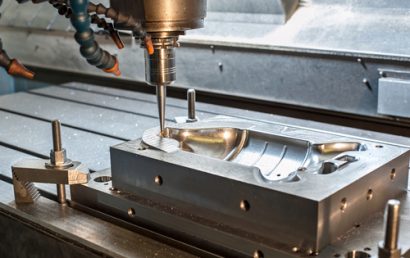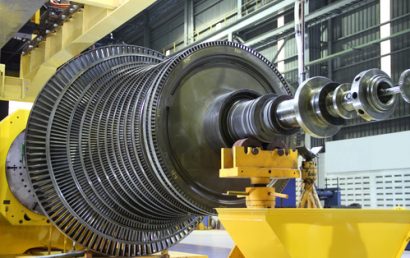Aerospace Engine Manufacturing Goes Together with Thermal Spray Technology
Aerospace engine manufacturing makes good use of thermal spray technology each and every day. In the aerospace industry, the lifespan of particular engine components is increased exponentially by thermal spray coatings. So much so, in fact, that without these coatings, required surface conditions could not be met. In rotorcraft and aircraft engines, higher speed, reduced maintenance, and increased fuel efficiency are all realized through the use of the appropriate thermal spray coating. Let’s take a closer look at this technology.
Basic Thermal Spray Principal
In general, the thermal spray principal is to semi-melt or melt the material chosen for coating with one of the following:
- High-speed gas
- High pressure
- High temperature
- Special heat source
- Solid particle acceleration
The material then bonds firmly on a surface after being sprayed at a high speed.
The Aerospace Industry Relies on Thermal Spray
Why does aviation manufacturing technology depend on thermal spray? For years, thermal spray has been widely applied in the industry thanks to a handful of characteristics. These are as follows:
- Protective coatings can be used during production
- Various functions
- Controllable coating quality
- Strong designability of structure and coating composition
- Stable preparation process
- Wide source of materials
Thousands of Parts Coated Daily
Every day, numerous parts and components are coated through the thermal spray process to improve service life and reliability. For aircraft and aerial engine usage, some parts are as follows:
- Nozzle
- Seal ring
- Bearing seal
- Journal
- Guide blade
- Turbine blade
- Combustion chamber
- Sealing labyrinth seal
- Casing
- Compressor blade tenon
Abrasion Seal Coating
High temperature abrasion seal coating, when it comes to engine components, is one of the most important coatings used for regulating high pressure turbine rotor component clearance. The efficiency of the engine relies heavily on this crucial maintenance characteristic.
Protective Coatings
Widely used in ground gas turbines and aero engines, thermal barrier coatings protect high temperature engine components such as the following:
- Flame nozzles
- Turbine blades
- Combustion chambers
The coatings are used to accomplish the following:
- Increase gas temperature
- Reduce component temperature
- Improve engine efficiency
- Increase component service life
Thermal Spray Technology Development
Thermal spraying technology has advanced exponentially and continues to do so. After being developed for more than 100 years, its applications cover paper and printing, medical and healthcare, fuel-cell and solar energy, electric power, automobile, industrial gas turbine, aerospace, and numerous other fields.
Increasing demands are put on thermal spray materials as technology and science advance. Aerospace engines operate at high temperatures. High temperature structural materials of old – nickel-based super alloys – are being replaced by carbide nitrate ceramics like silicon nitride and silicon carbide. The result will be a substantial surface temperature increase for high pressure turbine hot end components.
A&A Coatings has worked hand-in-hand with the aerospace industry for decades. We fully understand the importance of protective coatings and will use the most appropriate thermal spray application method for the job. For coatings that can help decrease wear and increase the efficiency and lifespan of your components, parts, various surfaces, and more, talk to a representative today.



